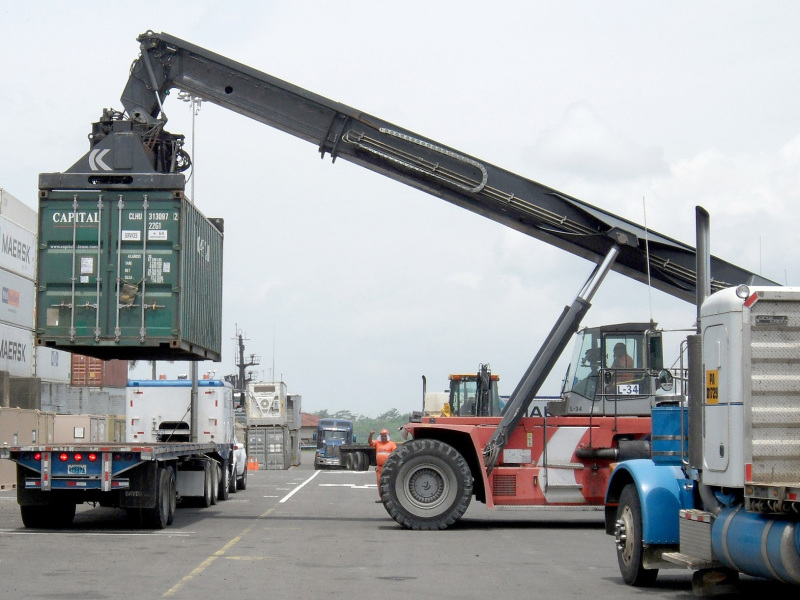Burden of taxation on transport
The Europe 2020 strategy highlights challenges in the transport sector, such as unequal tax treatment of transport modes. Together with CE Delft, TML developed a methodology to map taxes, charges, and subsidies, which provided insight into the varying tax burdens between transport modes.
The Europe 2020 Strategy, the Roadmap for moving to a competitive low-carbon economy in 2050 (COM (2011) 0112), and the 2011 Transport White Paper all make it clear that the transport sector faces huge challenges. One of these challenges is the potentially unfair treatment of certain forms of transport, in terms of unequal tax levels and unequal internalisation of external costs.
The aim of this research was to provide information that can be used for future considerations of relevant measures and impact assessments.
The project had the following objectives:
- Support policy makers in analysing the burden of taxes and charges on different transport modes, to better compare the framework in which different transport modes operate.
- Analyse subsidies for specific transport operations or modes, which may be equally important when comparing framework conditions across modes.
- Collect information on relevant transport taxes and charges, as well as subsidies for transport operations on selected routes for different modes and means of transport.
- Making the information collected comparable across modes by developing relevant indicators and presenting them clearly.
TML, in cooperation with CE Delft, focused on developing the methodology (defining transport operations and corridor indicators, developing an accounting methodology for taxes, charges, subsidies, and internal costs) and collecting the relevant data.
The study shows that the tax burden on transport varies greatly between corridors, largely due to the large differences in taxes and charges (for certain transport modes) between European member states. A comparison of the tax burden of the different transport modes shows that the highest tax burden lies with the modes with the highest external costs (road and air), and that for both passenger and freight transport.


